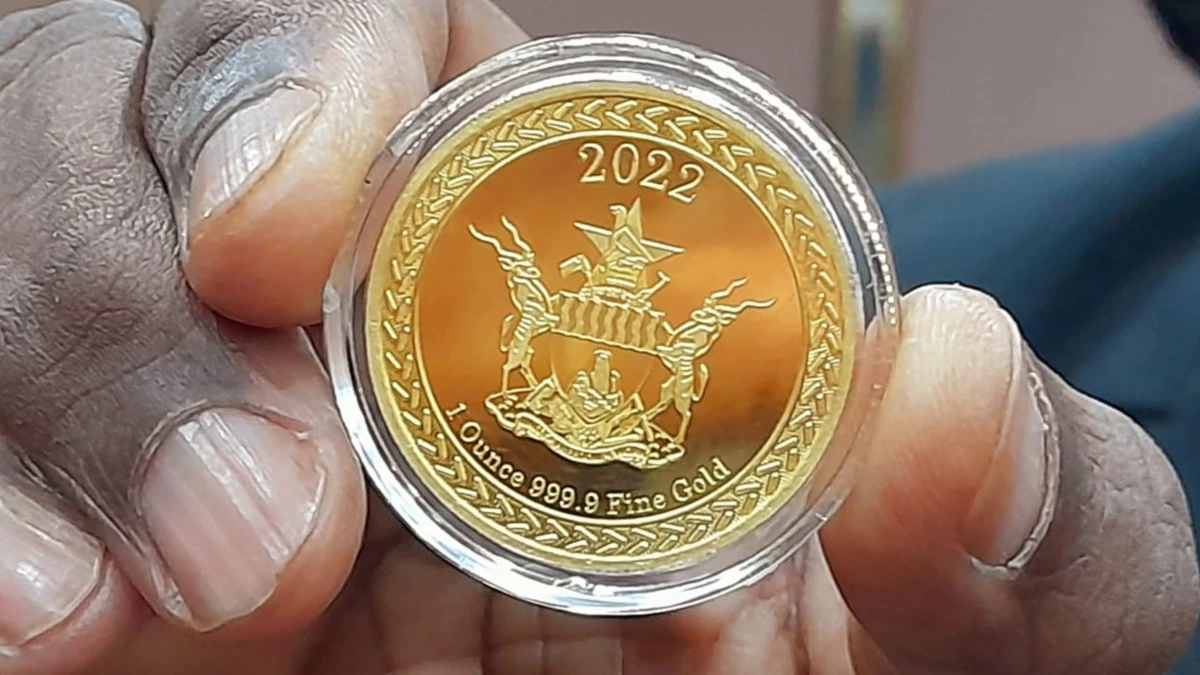
Respect Gwenzi OVER the latest six weekly sessions on the auction market, the Zimbabwean dollar has lost a cumulative 21% in value against the US dollar. This translates to an average of 4,2% loss per session.
The pace of decline per week has since doubled since May and has maintained a relatively stable decline since then. Overall, this is a no rosy picture to paint, but there is more to the trend than meets the eye.
Performance of the Zimdollar on the auction market has since June, not been entirely dictated by the Reserve Bank of Zimbabwe (RBZ), as in the past.
At the end of May, government decided to let the interbank rate inform the auction rate. The interbank rate is seen as a true reflection of market forces and therefore likely to lead to fewer distortions in the exchange market.
The interbank rate is set by individual private bids and offers on a deregulated market controlled by banks.
Once the interbank market has set a rate, the successive auction market, where most of the liquidity is traded, carries through the interbank rate.
Prior to this the auction rate was said to be determined by pure market forces, but the underlying drivers were purely in favour of the RBZ dictating the average price.
The bank would achieve this through expropriation of surrender funds at a rate determined by the prior auction session. At the auction session, the bank will be the main supplier of forex and would satisfy lower bids and thus punish high bids.
- Chamisa under fire over US$120K donation
- Mavhunga puts DeMbare into Chibuku quarterfinals
- Pension funds bet on Cabora Bassa oilfields
- Councils defy govt fire tender directive
Keep Reading
In successive sessions, bids would remain suppressed and the ultimate average rate remains lower.
The RBZ essentially set the rate as the supplier of 40% of the funds traded on the respective market.
It further controlled the rate by sometimes trading funds it would not have earned. This is evidenced by the growth in outstanding auction settlements, which are now in the process of being settled.
By trading funds that the bank did not have, it essentially inflated the supply of forex on the market and therefore lowered its price, or inflated the price of Zimdollar.
Interbank challenges
In its Mid-Term Monetary Policy Statement (MPS), RBZ said the harmonisation of exchange rate has helped in price discovery on the exchange market.
While this is true, it has largely not had a substantial impact on the stability of prices nor has it lowered the parallel exchange premium. The biggest challenge with the interbank market remains that the tradable amounts on the bourse are capped.
In the mid-term MPS, the tradable amounts per transaction were increased to US$20 000 from US$10 000.
The bank said the cumulative sales via the interbank at end of July were US$17 million, way below the weekly auction market trades.
An earlier report by the bank indicated that the interbank accounted for only 2% of overall forex payments from Zimbabwe.
What these statistics show is that the restrictions on tradable amounts on the interbank make the market less effective as a price discovery mechanism on the currency market.
By implication, limiting demand has the consequence of driving down the price of forex on the respective market. This is where the catch is, by limiting the amount tradable, the RBZ effectively suppresses demand and consequentially the ultimate mid-rate.
If the mid-rate is kept lower, the bank would have achieved the same objective it was achieving through the auction before the latest approach, which is to keep the rate in check.
Once the interbank rate is set, it will automatically be adopted on the auction market and this gives RBZ the convenience of arguing that the rate is now being set by private players on a market it has no control over.
That the RBZ has given up a bit of power over price discovery is true, but the extent is not in any way significant and therefore not consequential to the net outcome.
Implications
The real danger of maintaining a grip on the exchange rate is that it retains market distortions which prevailed in the past.
It is a fact that the parallel rate has been coming off over the past few weeks, but it is not because the auction rate and the interbank rate are in harmony.
The positive performance of the parallel rate is premised on the mop up exercise currently being undertaken by the bank. The sale of gold coins has helped mop up excess liquidity in the economy. Government has also reduced its expansionary policy driven by infrastructure development programmes.
These measures may have the effect of easing the exchange rate pressure in the short term.
We are, however, very wary of the mid-to-long term impact of using gold to ease the pressure.
We are of the view that the government is likely to find it difficult to settle dues once the coins are sellable.
These payments are also likely to cause a liquidity glut, assuming that demand tapers off.
There has also been a marked decline in liquidity levels on the auction market.
The average weekly flows reduced to about US$16,6 million, its lowest since June 2020 when the market revamped.
The average has come off from US$40 million in 2021, to about US$25 million in 2022.
Over the latest 10 sessions, the average per week has lowered to US$22,4 million.
It would have been natural to expect a compensatory effect where interbank flows would increase while the auction flows decrease, but the pace of auction decline is grossly unmatched by the interbank flows decline.
There is only one good explanation for this dynamic. The data supports the notion that the economy has now dollarised and most transactions are now being done in forex such that importing companies are able to meet their needs using their own generated forex.
If this is the case what is happening to the surrender funds being channelled to the RBZ?
This means government is retaining an excess of forex on its accounts given that the level of allowances and payment to suppliers in forex is way too low compared to the funds surrendered and generated as tax.
We may see the government begging to offer partial salary payments in USD as we go into a volatile election period.
- Gwenzi is a financial analyst and MD of Equity Axis, a financial media firm offering business intelligence, economic and equity research. — respect@equityaxis.net










